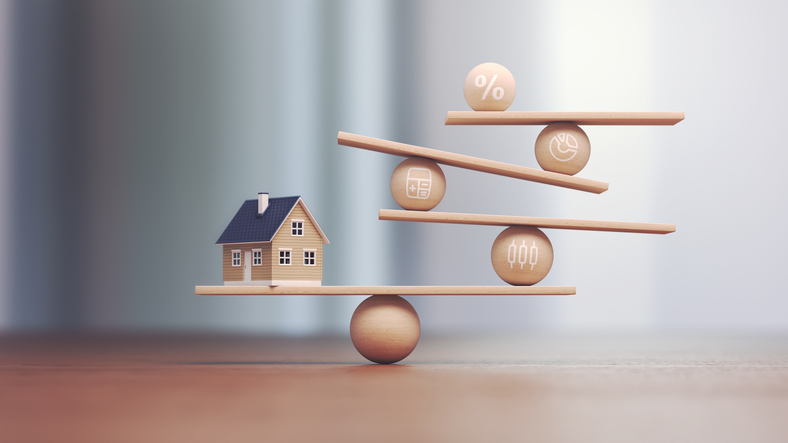When choosing a home loan, one of the biggest decisions you’ll face is whether to opt for a fixed or variable interest rate. Your choice can significantly impact your financial stability and flexibility. Fixed-rate home loans provide the certainty of unchanging repayments, but are they always the best option?
Let’s explore the pros and cons of fixed-rate home loans and key factors to consider before making your decision.
Pros of Fixed-Rate Home Loans
1. Predictable Repayments
With a fixed-rate loan, your interest rate remains constant for a set period—typically between 1 and 5 years. This means your repayments won’t change, making it easier to budget and plan.
2. Protection Against Interest Rate Increases
If market interest rates rise, your repayments stay the same, shielding you from unexpected cost increases. This can be especially beneficial during periods of economic uncertainty or when interest rates are expected to climb.
3. Financial Peace of Mind
Fixed-rate loans provide certainty and stability, allowing you to focus on other financial goals without worrying about fluctuating repayments. This can be particularly helpful for first-time homebuyers or those managing tight household budgets.
Cons of Fixed-Rate Home Loans
1. Limited Flexibility
Fixed-rate loans often come with restrictions on extra repayments, meaning you may face penalties if you want to pay off your mortgage faster. Some lenders impose strict limits on additional repayments or charge fees for making them.
2. Missed Savings Opportunities
If variable interest rates drop, borrowers on fixed-rate loans won’t benefit from lower repayments. This means you could end up paying more than necessary if market conditions shift in favour of lower rates.
3. Break Costs and Exit Fees
Breaking a fixed-rate loan before the term expires can result in high fees. If you decide to refinance, sell your home, or pay off your loan early, you may face significant break costs, making it harder to adjust your financial strategy.
Key Considerations Before Choosing a Fixed Rate
1. Choosing the Right Term Length
Fixed-rate terms typically range from 1 to 5 years. A shorter term provides more flexibility but may result in higher rates when it’s time to refinance. A longer-term locks in certainty but could mean missing out on lower rates in the future. Finding the right balance is essential.
2. Exploring Split Loan Options
A split loan allows you to divide your mortgage into two parts—one with a fixed rate and the other with a variable rate. This offers the best of both worlds: stability in one portion of your loan and flexibility in the other.
3. Considering Market Trends
Understanding current economic conditions and lender offerings can help you make a more informed decision. For instance, recent rate reductions from banks and other lenders could influence whether fixing your rate is the right move now or if waiting could be beneficial.
Is a Fixed-Rate Loan Right for You?
Ultimately, whether a fixed-rate loan is the best choice depends on your financial goals, risk tolerance, and long-term plans. If you value certainty and want to safeguard against rising interest rates, a fixed-rate home loan could be a great fit. However, if flexibility and potential savings are your priorities, a variable or split loan might be a better option.
At Natloans, we understand that choosing the right home loan can feel overwhelming. Our team of experts is here to guide you through the decision-making process, ensuring you find a loan strategy that aligns with your needs.
Contact us today to explore your home loan options and secure the best solution for your financial future.

